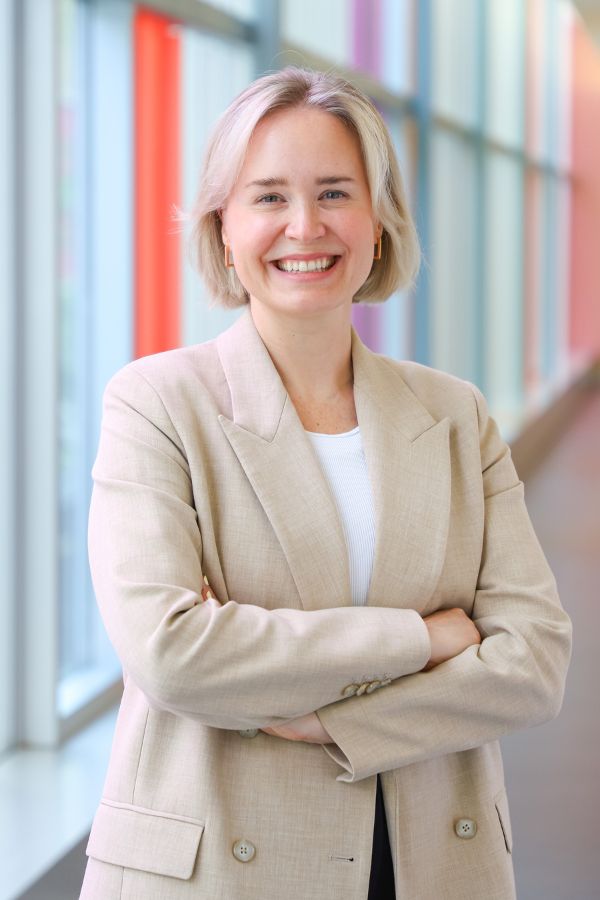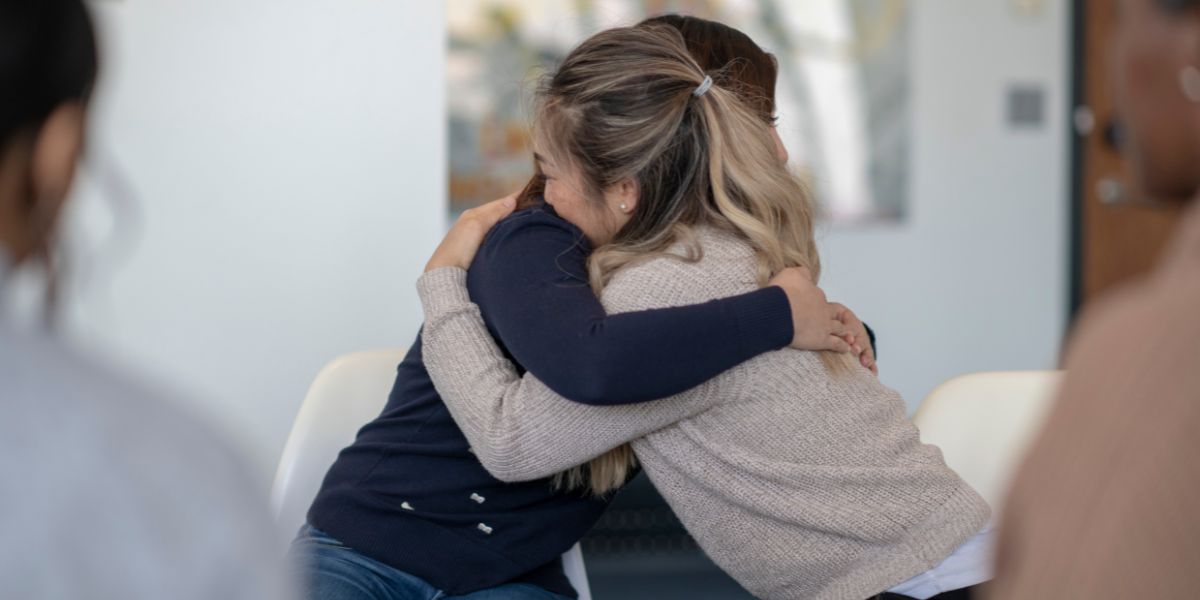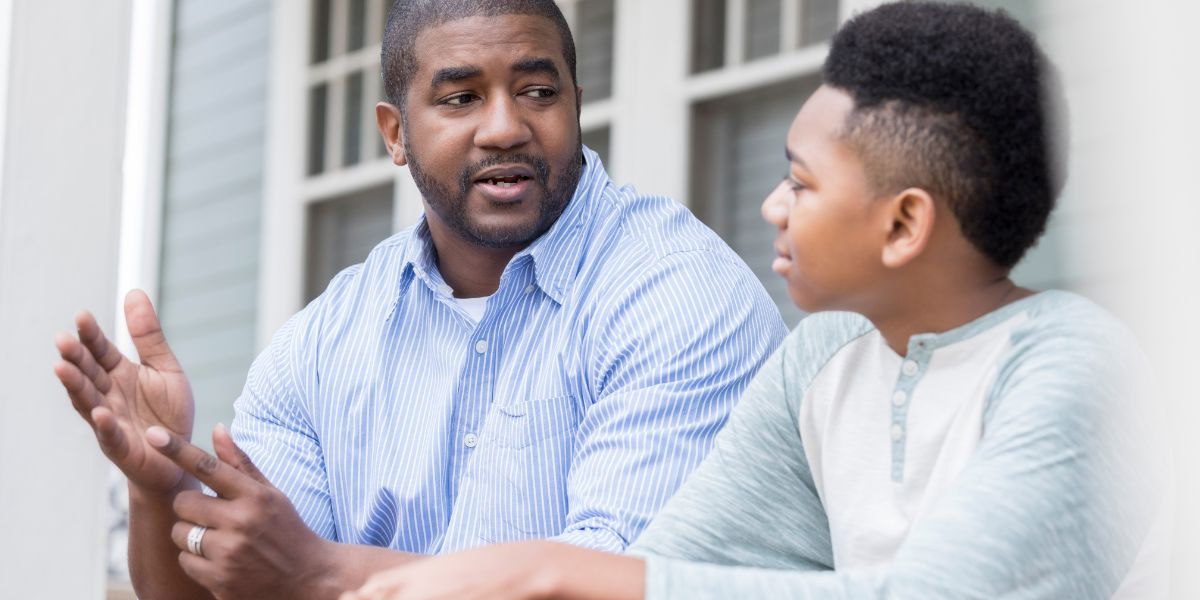
“It’s important to discuss the toxicity of the drug supply,” says Dr. Danya Fast, an investigator at BC Children's Hospital Research Institute. In 2007, she started her research with people as young as 13 years old who use drugs in the context of unstable housing and homelessness. A medical anthropologist by training, Dr. Fast examined their trajectories over time. When, in 2016, BC declared a public health emergency as a result of the significant increase in drug-related overdoses and deaths, there was a shift for her. She moved her research from public spaces and housing environments to places where these young people accessed detoxification, treatment, and recovery services to look into how they engage with — and disengage from — care.
Dr. Fast, who is an assistant professor in the Department of Medicine at the University of British Columbia, researches substance use and mental health and works with children, adolescents, and young adults. Last year, she published The Best Place: Addiction, Intervention, and Living and Dying Young in Vancouver, her first book. We recently met with Dr. Fast to talk about key findings from her research, the impact of the toxic drug crisis, and what families need to know.
Why did you decide to write this book?
As a medical anthropologist, I always wanted to write a longer ethnography that explores in detail the social and structural worlds of a particular population. As I was thinking about this project, an increasing number of young people began to die from overdoses and BC’s public health emergency was declared. It became clear that I wasn’t going to write a book that only spanned my PhD studies and earlier work in the community. I needed to tell these people’s stories to memorialize our work together. The book starts with young people’s time in public spaces and shelters, and follows the period around the 2010 Winter Olympic Games in Vancouver, when many were moved into government-subsidized supportive housing. These moves coincided with the arrival of fentanyl. I then discuss youth’s time in detoxification, treatment, and recovery settings in the context of the progression of the toxic drug crisis and a changing street-based drug supply. Tragically, the book became not just about young people's lives unfolding in the city, but also about their deaths.

What are the key findings from your research in this area?
Many of the young people I built relationships with talked about Vancouver as this place of tremendous potential where they wanted to build homes, families, and careers — even as they were living on the streets or in shelters, dealing with entrenched poverty, and contending with daily substance use and mental health crises. To a certain extent, we scaled up housing around the 2010 Winter Olympics and treatment in response to the public health emergency. However, my research shows that, despite our best intentions, there was often a misalignment between these young people’s needs, priorities, and desires, and what unfolded once they’d been moved into supportive housing or live-in treatment settings.
For example, the young people I followed who moved into supportive housing longed for connection, but my research demonstrated that those spaces often deepened their senses of isolation, loneliness, and boredom, often echoing what they’d experienced previously in the places of their childhoods. They talked about feeling disconnected and sinking deeper into intensive substance use and mental health crises. Unfortunately, these experiences in supportive housing coincided with the arrival of fentanyl in the local drug supply and drugs becoming more toxic. Young people found themselves using drugs alone more often in their housing environments at exactly the moment when doing so became much more dangerous.
While in live-in detoxification, treatment, and recovery programs, some youth experienced a sense of possibility — of how things could be otherwise for them. However, when they were back out, in the absence of the kinds of housing and opportunities they needed and desired, they’d say, “I'm back at square one, even though I just put all this effort into doing everything I was told to do.” Many went back to substance use because it gave them a feeling of social connectedness, excitement, and fun. This was often viewed as preferable to isolation, loneliness, and boredom, which could be generated by both housing and live-in detoxification, treatment, and recovery environments. We need to reimagine housing and treatment together with young people to offer programs and places that allow them to flourish.

What type of feedback have you received on the book?
My students and I have had many rich discussions. It was also a pleasant surprise — and encouraging — to hear that many in government have read the book in an attempt to understand better what these young people’s needs, priorities, and desires are, as we try to address this crisis through different programs, services, and policies. It also meant a lot to hear it resonated with frontline workers and families caring for young people who use drugs.
From your perspective, how has this crisis impacted families?
We've lost more than 130 people under the age of 19, and thousands under the age of 29. I’ve known too many of these young people really well, and also their families in a number of cases. It’s excruciating for biological, adoptive, and chosen families. It’s devastating to watch someone in our care struggle with programs that don’t work for them, but it can be life-altering to see someone engage with programs that work. Young people’s needs, desires, and priorities are different, and change rapidly. For some, the priority may be using drugs more safely because they’re not ready to stop. A program that would potentially work is a drop-in space with harm-reduction programming where they can connect with trusted adults and slow down on substance use, if they wish. Others who seek abstinence may find day-treatment or live-in residential programs appropriate and effective. We must be nimble when helping young people because they often return to substance use. That’s when we need to get them back to harm-reduction support to keep them safe and alive.

Some people use drugs and stop on their own; others can’t. Why?
While I'm not an expert in the neurobiology of substance use and addiction, I can speak to the population I work with and what research shows. A disproportionate number of young people who use drugs daily, in the context of unstable housing and homelessness, have experience in the government foster care system. They’ve navigated settler colonialism, systemic racism, poverty, and the ongoing impacts across their lives and intergenerationally. Many have described, over the years, how drugs can relieve some of those structural pressures and provide a sense of social connectedness, excitement, and fun in the face of isolation, loneliness, and boredom. Part of the picture is the combination of these social structural factors. A lot of research — not just my book — demonstrates that.
That being said, we don't want parents to think “my kid has had a great childhood, so I don't need to worry” because there are other reasons why young people use drugs, and mental health is a big one.

What’s important for families to know?
This is an unprecedented time. We’re scared and we should be. Even one encounter with a toxic drug can be fatal if it’s contaminated with fentanyl and the person has no tolerance for opioids. If we know that someone is using drugs, we can discuss drug checking and harm reduction with them, for example. I hear from parents that there’s uncertainty about how to start these conversations with kids, but it’s important to talk openly with all young people about the toxicity of the drug supply and how to recognize and respond to an overdose. If you have older adolescents who might be going to parties, they need to know about how to call 911 and administer naloxone in the event that an overdose occurs.
I’ve talked to young people about what they want from their caregivers. I often hear, “I want my parents to listen to me about why I'm using drugs, even though I know they're dangerous, without anger or judgement.” It’s not easy, as a parent, to just listen when we're terrified. But we need to understand what drugs are doing for these kids. Young people use drugs for many different reasons. We need information to be able to support them. That's my view, as a researcher and as a parent.




